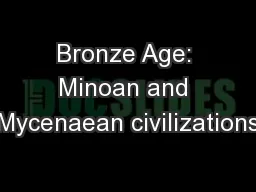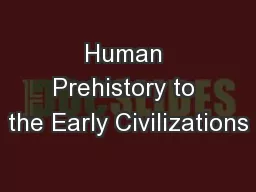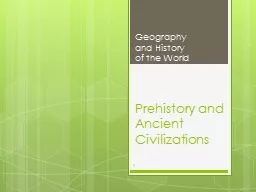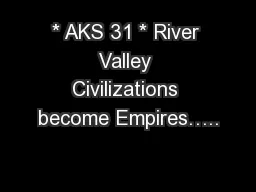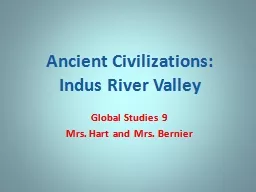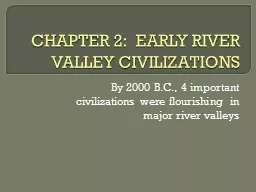PPT-Chapter 1: The First River Valley Civilizations
Author : marina-yarberry | Published Date : 2018-12-18
Two Early CityStates Catal Huyuk Jericho Catal Huyuk is the oldest and the largest Neolithic city found so far It dates to 8000 years BCE and was occupied continuously
Presentation Embed Code
Download Presentation
Download Presentation The PPT/PDF document "Chapter 1: The First River Valle..." is the property of its rightful owner. Permission is granted to download and print the materials on this website for personal, non-commercial use only, and to display it on your personal computer provided you do not modify the materials and that you retain all copyright notices contained in the materials. By downloading content from our website, you accept the terms of this agreement.
Chapter 1: The First River Valley Civilizations: Transcript
Download Rules Of Document
"Chapter 1: The First River Valley Civilizations"The content belongs to its owner. You may download and print it for personal use, without modification, and keep all copyright notices. By downloading, you agree to these terms.
Related Documents


